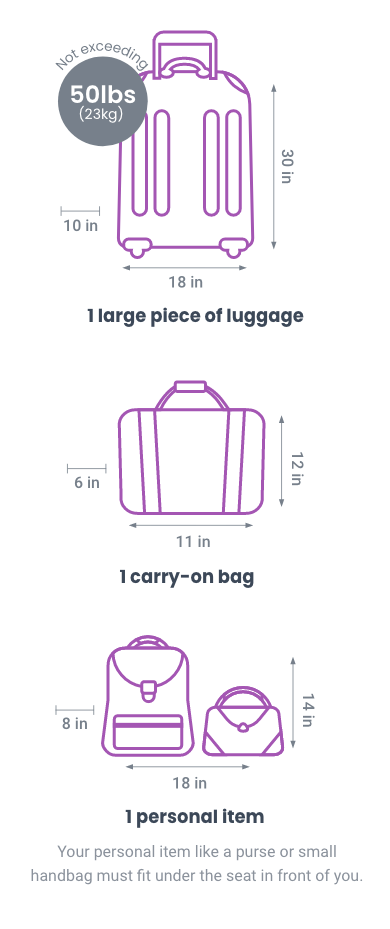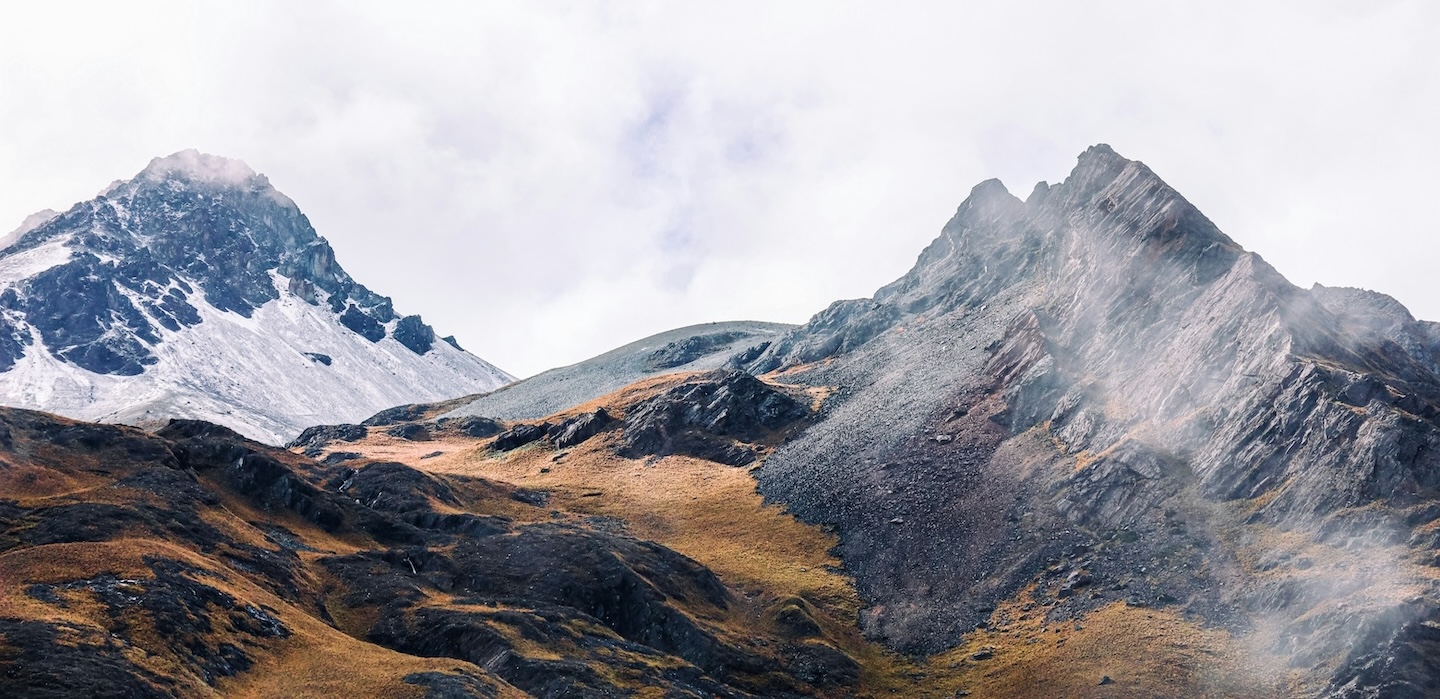About Peru
Overview
The Salkantay Trek in the Peruvian Andes is a thrilling adventure that immerses trekkers in diverse landscapes and cultural experiences. Camping along the route, participants navigate challenging mountain passes, rocky trails, and lush cloud forests. The trek offers breathtaking views of the iconic Salkantay Mountain and includes cultural interactions with local Andean communities. Basic yet comfortable camping facilities are provided, creating an authentic outdoor experience. The highlight is reaching Machu Picchu, and exploring the ancient Inca citadel. With its combination of natural beauty, physical challenge, and cultural richness, the Salkantay Trek is a unique and rewarding journey.
Capital City: Lima
Population: 33.3 million (2021 est.)
Currency: Sol (PEN)
Time Zone: Peru Standard Time- PET (GMT-5).
Emergency Number: 105
Outlet: A/B & C
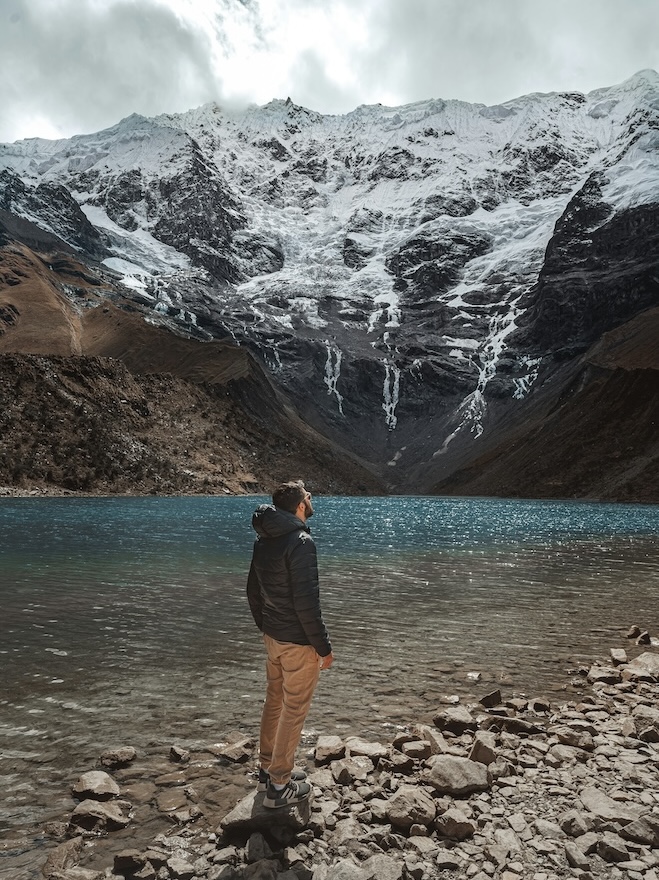
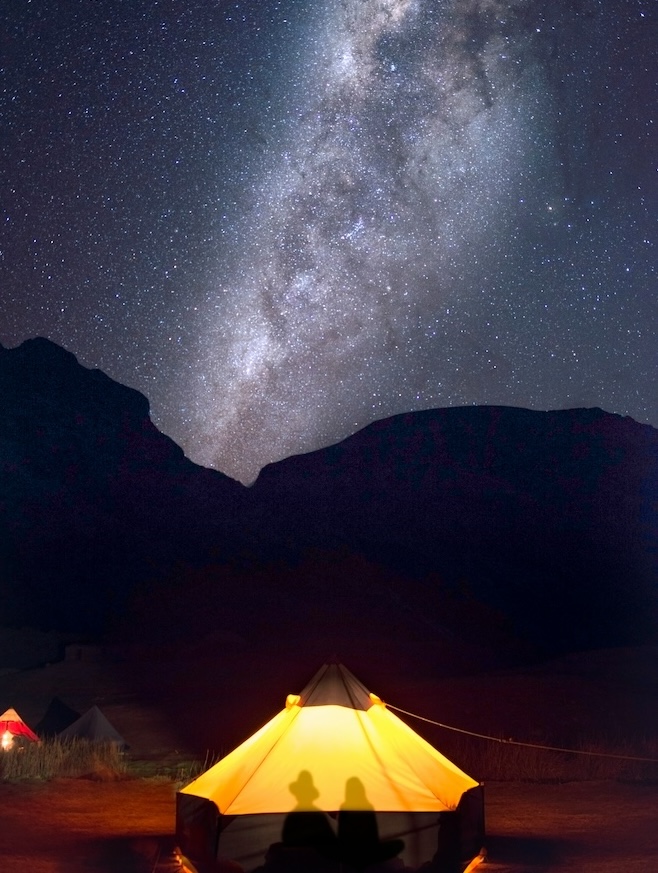
Packing List
Speak the Language
- Hello - ¡Hola! (O-la)
- Goodbye - ¡Adios! (AH-dee-ohs)
- Thank you - Gracias (GRA-see-as)
- Do you speak English? - ¿Habla inglés? (Ab-la in-GLAYS)
- I (don’t) understand - Yo (no) entiendo (yo no en-tee-EN-doh)
- How are you? - ¿Cómo está? (KOH-moh eh-STAH)
- I’m fine, thank you - Bien, gracias (bee-EN, GRA-see-as)
- What’s your name? - Cómo te llamas? ((KOH-moh te ya-mas?))
- My name is… - Me llamo… (May ya-moh… )
-
Where is... - ¿Dónde está… (DON-day es-tah...)
- The bathroom - el baño (el BAH-nyo)
- An ATM - un cajero (un kah-HEH-roh)
Google Translate: Download the Google Translate app or click here
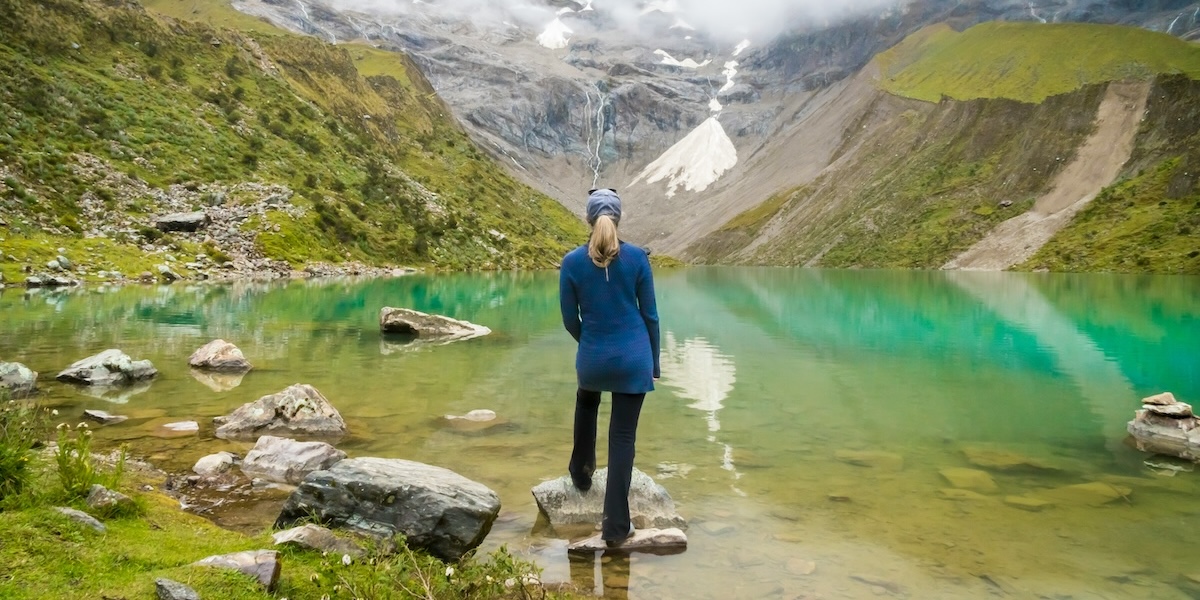
Training (optional)
All Travelers need to be in good physical health in order to participate fully on this trip. For the safety and well-being of yourself and others, if you are unwell prior to traveling, please stay at home and contact us to make alternative arrangements.
The physical rating of these trips is considered hard. We recommend that Travelers undertake regular aerobic exercise in the months before they travel, particularly if they are not in the habit of regular exercise. Doing mountain walks or climbing long staircases with a pack is good preparation. Walking, jogging, swimming, or riding a bike are all good ways to increase their aerobic fitness, which will allow you to enjoy the trekking to its fullest. More information can be found here.
Parts of the trip go above 2800 m/ 9200 ft where it is common for Travelers to experience some adverse health effects due to the altitude - regardless of age, gender, and fitness.
Some pre-existing medical conditions are known to severely worsen at high altitude and can be difficult to adequately treat on the ground, leading to more serious consequences. It is imperative that you discuss your pre-existing medical condition(s) with your doctor. We understand certain medications are reported to aid in acclimatizing to high altitude. Please discuss these options with your doctor.
Tipping
Tipping Suggestions: We recommend you carry the suggested amounts below with you during the trek and that you carry small bills as this makes splitting the tip an easier process. On the last day of the trek, the tipping will be broken down into envelopes – one per Porter, Assistant Guides, Guide, and Cook. The suggested total tipping amount per person is USD $55.
This is generally the tipping breakdown:
| Porters, Cooks, and Assistants | USD $30 | |
| Assistant Guide | USD $10 | |
| Trekking Guide | USD $15 |
- Drivers: You may have a range of drivers on your trip. Some may be with you for a short journey while others may be with you for several days. We suggest USD $1 - USD $2 per day for Drivers.
- Your Tour Leader: You may also consider tipping your tour leader for outstanding service throughout your trip. The amount is entirely a personal preference, however a guideline is USD $2 - USD $4 per person, per day. Of course, you are free to tip more or less as you see fit, depending on your perception of service quality and the length of your trip. Remember, a tip is not compulsory and should only be given when you receive excellent service.
FAQ
Where can I find information on travel safety? Check out the US Department of State's website for the most up-to-date information on safety while traveling.
Is the water safe to drink? Tap water should be avoided by Travelers. You should also avoid brushing your teeth with tap water when possible. The local supplier will give you purified water daily.
Do I need a Visa? For Visa information, visit click here. Make sure your passport is valid for at least six months after you return home and has two or more blank pages. Otherwise, some countries may not let you enter.
What about vaccines? For vaccination information, click here.
Do you recommend travel insurance? While not required, we highly recommend all Travelers get travel insurance for their trip to protect themselves from the unknown!
Travel insurance is not compulsory for tourists coming from the United States. However, the purchase of travel insurance is still highly recommended. We require that at a minimum you are covered for medical expenses including emergency repatriation. We strongly recommend all Travelers have a policy that also covers personal liability, cancellation, curtailment, and loss of luggage or personal effects.
How much should I pack? Duffel bags will be provided upon arrival so Travelers can re-pack what they need for the trek. The maximum weight for the duffel bag is 13 lbs(6 kg) which includes the weight of the sleeping bags which is usually 3 lbs(1.5 kg), meaning that Travelers can put into the duffel bags approx. 10 lbs(4.5 kg) of personal items.
It is advised to bring a light daypack for personal items, and your remaining luggage should be left in Cusco. Travelers can take a daypack to carry what they need on the trek during the day, as the porters and horses/mules will carry the duffel bags and will be always ahead of the group, as the Porters will set up the tents while the cook prepares meals.
What are the bathrooms like? Depending on the size of the group, 1- 2 bathroom tents will be provided. For up to 8 Travelers, there will be 1 bathroom tent per group. For 9+ Travelers, 2 bathroom tents will be provided per group (one for male and another for female).
Depending on the location of the campsites, local families who live along the route will rent their bathrooms, however, they are very basic and rustic (many without a toilet - just a hole). And showers may only have cold water (coming from the mountains). The cost to use these bathrooms is approx. USD $3 per person.
What does public transportation look like? Taxis and buses are available in Cusco. However, the best way to get around Cusco is by walking!
Is Uber or Lyft available? Uber and Lyft are not available.
Luggage Restrictions
.jpg)
